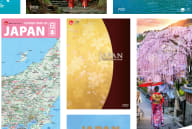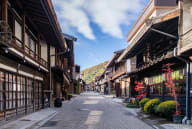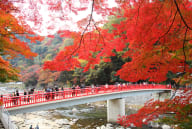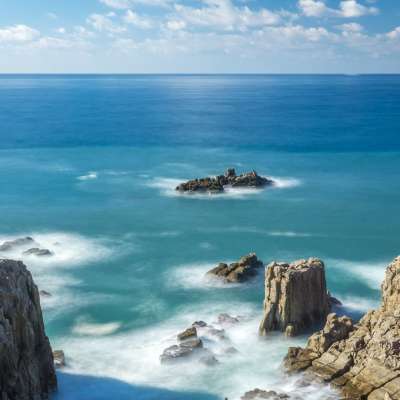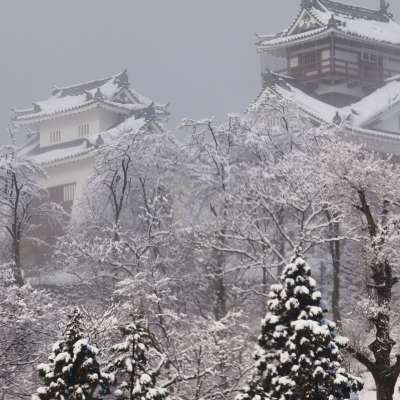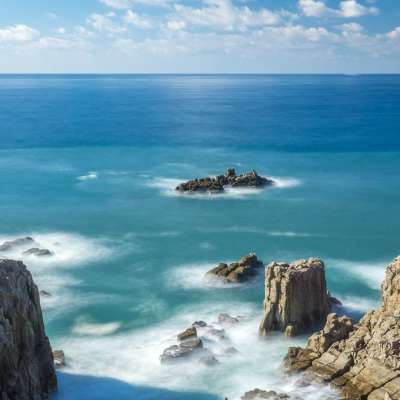
Fukui Taste the essence of seaside flavours
A Culinary Journey in Fukui
Located along Japan's rugged and picturesque Hokuriku coast, Fukui Prefecture is a hidden gem known for its rich cultural heritage and exquisite culinary traditions. Embraced by the Sea of Japan and framed by mountain ranges, Fukui's varied landscape influences its diverse culinary offerings.
Fukui is celebrated for its exceptional seafood sourced from the cold, nutrient-rich waters of the Sea of Japan. The prefecture is renowned for delicacies such as Echizen crab, prized for its sweet, succulent meat, and amberjack (Kanburi), known for its delicate flavour and firm texture. These treasures from the sea are central to Fukui's culinary identity, enjoyed in traditional dishes that showcase the region's maritime bounty.
In addition to its seafood prowess, Fukui is esteemed for its agriculture, particularly its production of Fukui Koshihikari rice, known for its tender texture and rich flavour profile. The prefecture's commitment to quality extends to its sake production, where pristine water sources and expert craftsmanship yield refined brews that reflect Fukui's natural purity.
Whether delighting in the sweet succulence of Echizen crab or savouring the nuanced flavours of Fukui Koshihikari rice and sake, every dish embodies the prefecture's dedication to excellence and purity.
Heshiko (Rice-bran pickled fish)
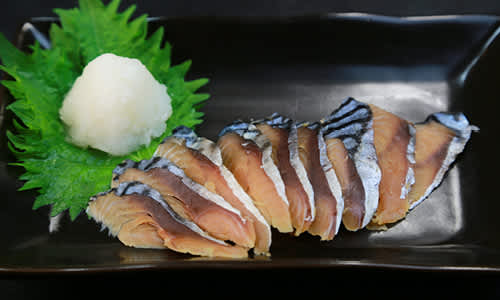
What it is (Ingredients)
Heshiko is a traditional dish from Fukui, consisting of fish (typically mackerel or sardines) preserved in a mixture of rice bran, salt, and sometimes sake lees. The fish is salted and then buried in rice bran for several months to over a year to ferment. This process not only preserves the fish but also imparts a unique umami-rich flavour and tender texture. The resulting Heshiko has a distinctively salty and tangy taste, making it a popular accompaniment to rice or as a side dish in traditional Japanese meals.
History/Origin
Heshiko's history dates back to the Edo period (1603–1868). In winter, when snow and rough seas made fishing impossible, Heshiko was preserved and enjoyed daily as a vital protein source at home. Over time, it has evolved into a cherished local delicacy, celebrated for its complex flavour and cultural significance. The fermentation process enhances the fish's nutritional value, making it the secret to health and beauty for locals.
Where to Eat
Heshiko can be found in local markets, supermarkets, specialty shops, and traditional restaurants throughout Fukui prefecture. It is often enjoyed as part of a traditional Japanese breakfast or served alongside sake during celebratory gatherings and festivals. Seafood can be brought into Canada, so you can purchase Heshiko and take it home to savour the local flavour after your trip.
When to Eat
Heshiko is enjoyed all year round. It can be sliced and eaten with daikon radish, served as a snack with alcohol, lightly roasted and paired with rice, made into Ochazuke (cooked rice in soup), or added to pasta. Its strong flavour makes it versatile and suitable for both everyday meals and special occasions.
Explore the traditional flavours of Heshiko and delve into Fukui's culinary heritage, where centuries-old preservation techniques continue to thrive in modern gastronomy.
Echizen-gani (Echizen crab)
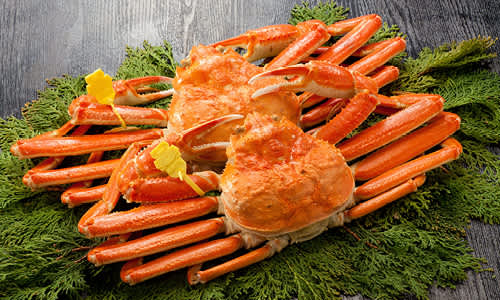
What it is (Ingredients)
Echizen-gani is a renowned delicacy from Fukui, celebrated for its sweet, tender meat and rich flavour. This high-quality snow crab is known for its bright red shell and succulent texture. It is typically served boiled, grilled, or as sashimi, allowing its natural sweetness to shine. Some dishes include crab miso (the rich, creamy innards), which is considered a gourmet treat.
History/Origin
The tradition of catching and enjoying Echizen-gani dates back centuries in Fukui. The meticulous fishing methods and strict regulations ensure that only the finest crabs are brought to market, maintaining the high standards associated with Echizen-gani. This dedication to quality has earned Echizen crab a reputation as one of Japan's most luxurious and sought-after seafood items.
Where to Eat
Echizen-gani can be savoured in high-end restaurants, traditional Ryokan (Japanese inns), and specialty seafood markets throughout Fukui prefecture. Many restaurants offer seasonal crab menus, featuring everything from simple boiled crab to elaborate multi-course kaiseki meals. Visitors can also experience crab auctions and festivals celebrating this prized delicacy.
When to Eat
The best time to enjoy Echizen-gani is during the fishing season, from November to March, when the crabs are at their peak in terms of size and flavour. This period is eagerly anticipated by locals and tourists alike, who come to Fukui to indulge in the freshest and most delicious crabs available.
Indulge in the exquisite taste of Echizen-gani and experience the pinnacle of Fukui's seafood offerings, where every bite showcases the purity and richness of the Sea of Japan.


















































